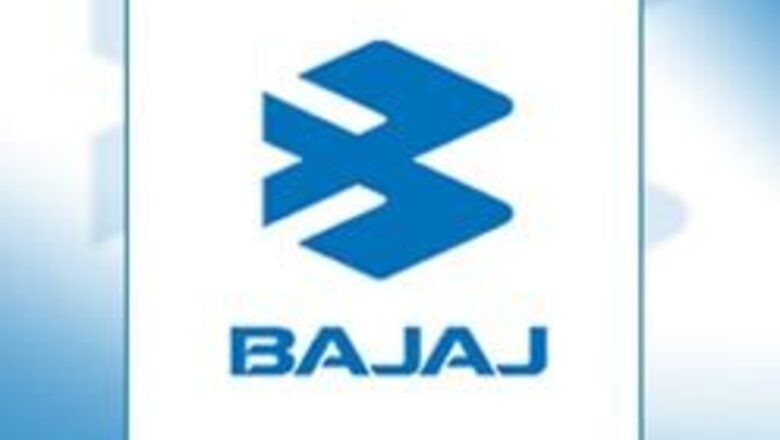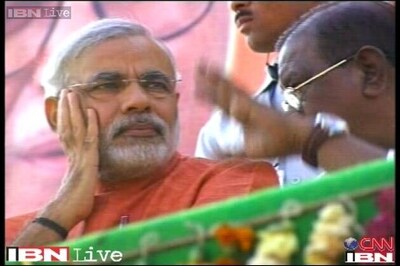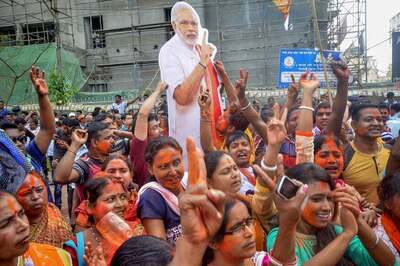
views
Singapore: It's not necessary to build an empire like Mittal Steel and become a billionaire like Azim Premji to make to the Forbes magazine; a corporate thesis as basic as excelling in your business can also take you there -- just like Rajiv Bajaj.
The Managing Director of Bajaj Auto Ltd has done it by executing a turnaround at his family run automaker and reclaiming the top position in the two-wheeler market, while earning himself a place on the cover page of the Asia edition of the world's most famous capitalist magazine.
Besides, Bajaj Auto also finds place in Asia's Fab 50 list, featured in the same October issue of Forbes Asia -- among the companies that the magazine describes as the best of Asia-Pacific's publicly traded firms.
The company posted net profit of $238 million with sales of $1.9 billion last year, ensuring it a place on the Fab 50 list, the magazine said.
Rajiv is credited with the turnaround, transforming Bajaj from a stodgy scooter manufacturer to a tech-happy motorcycle maker in a country, where two-wheelers account for 80 per cent of all vehicles.
However, it has been a long and not so easy ride for Rajiv. In 2001, a year after he unofficially took the reins of the family-run business, he has seen Bajaj Auto losing its market lead in the two-wheeler market for the first time in 45 years.
Motorcycles took over the market and Hero Honda's dominance was so great that such bikes, regardless of brand, were known as "Hondas", the magazine says in its cover story.
Scooter sales shrank by 38 per cent and Bajaj Auto, so far concentrated on that segment, saw its operating profits plunge 48 per cent and its stock price drop by a third.
"We needed to do something quickly. The ground was slipping so fast," Rajiv has been quoted as saying.
So when the market began to shift, Bajaj was slow to react -- until Rajiv emerged.
"Everyone was blaming our problems on the outside world," Rajiv says. "But we discovered that the problem was inside, not outside."
Rajiv went ahead with various measures like cutting the supplier ranks, headcount reduction and closure of plant, the magazine said.
Then, he spent $68 million to build a new plant in Chakan that became the company's "manufacturing lab," with educated, young workers and spacious shop floors.
In 2001, Bajaj used Chakan to produce its new Pulsar line of motorcycles. Today, Pulsar accounts for 20 per cent of Bajaj's overall motorcycle sales and has the highest margins for any of the company's two-wheelers, the magazine quoted an analyst.
Even though Hero Honda now sells more than a million more bikes than Bajaj does, Bajaj has begun to close the gap with about double the sales growth rate over a recent 12 months.
The company now has regained momentum in its battle with its main competitor, Hero Honda.




















Comments
0 comment